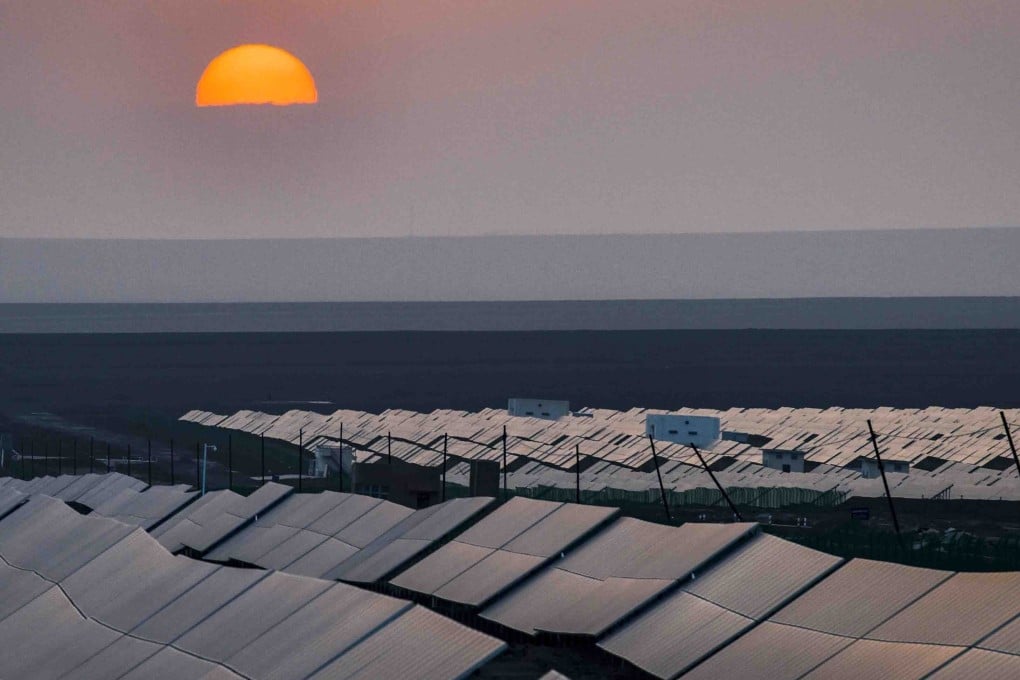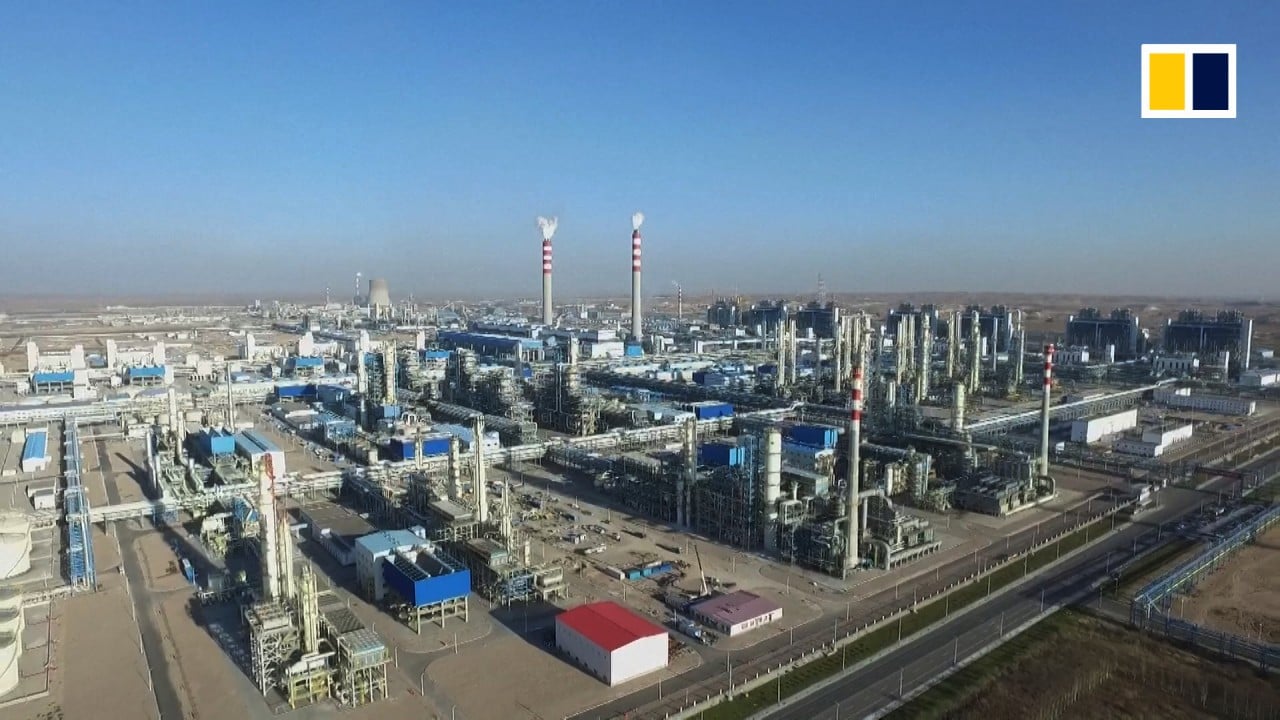Advertisement
The View | Asia’s renewable energy push is a bright spot amid coronavirus gloom
- With solar and wind power now cheaper than coal and technical problems such as intermittency being solved, investing in renewable energy makes economic sense
- Taiwan’s wind energy development and China and India’s solar energy initiatives are encouraging examples
Reading Time:4 minutes
Why you can trust SCMP

Melting permafrost triggered the collapse of a holding tank owned by Russian metals company Norilsk Nickelin in Siberia at the end of May, sending 21,000 tonnes of diesel fuel into Arctic waters in one of the worst spills of its kind. The thawing permafrost is a stark reminder that, like time and tides, climate change waits for no one, even in this era of Covid-19. Russian President Vladimir Putin declared a state of emergency to deal with a spill expected to cost billions of dollars and contaminate the Arctic’s pristine waters for years.
Advertisement
The climate change challenge continues during Covid-19. Encouragingly, so too does the work to push the low-carbon energy transition forward. Conversations with Asia Business Council members and other executives show a determination to keep investing in initiatives to slow the rate of global warming in Asia, even as what promises to be a long struggle against Covid-19 continues.
Indeed, climate change and public health issues – including the spread of diseases that jump from animals to humans like Covid-19 – gives new urgency to the need to accelerate the transition to non-carbon energy sources.
Solar and wind power are cheaper than coal now. Countries are recognising that by building new coal plants, they are consigning themselves to years of higher-priced energy than they can get from renewables – and that’s not even counting the costs in public health (air pollution) and global warming. Also, the issue of intermittency – when the wind doesn’t blow and the sun doesn’t shine – are being solved thanks to new technology and innovative siting solutions.
Important to the transition to a low-carbon future is the idea of energy system optimisation, where a suite of alternatives – nuclear, large hydro, small hydro, onshore wind, offshore wind, storage, energy efficiency, demand response, transmission, and other types of balancing resources – are used in concert to create a cleaner grid than relying on coal, which is still Asia’s largest fuel source for electricity.

02:52
How does China generate its energy?
How does China generate its energy?
Coastal Asia is a promising area for offshore wind. Because the wind blows day and night, offshore wind provides so-called intermittent baseload power, with fewer interruptions than onshore wind or solar.

Advertisement
